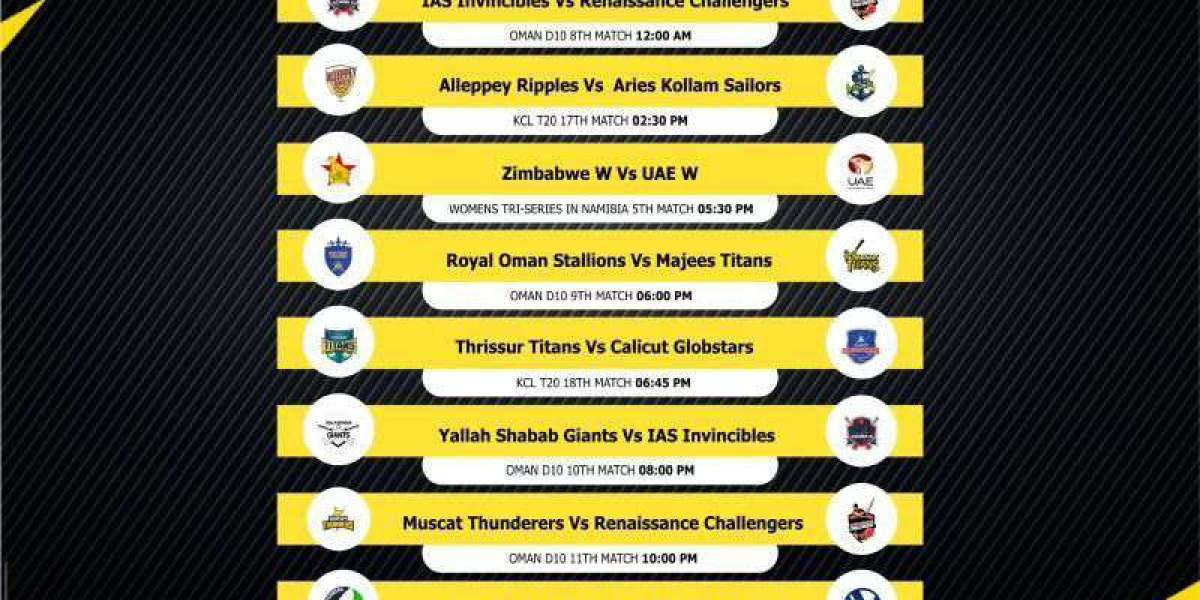#StrategicProcurementSuccess #OptimizedOperations
Originally Published on: SpendEdge |A Complete Guide for Businesses to Create a Successful Procurement Strategy
##Navigating the Complexities of Procurement Strategies: In the face of intensifying global competition and the vast expanse of markets, businesses are compelled to cultivate robust international procurement strategies. Enhancing quality, improving delivery mechanisms, and heightening customer responsiveness have become imperative for organizations aiming to thrive in this dynamic landscape. The key lies in crafting an effective procurement strategy tailored to meet the diverse needs of modern customers.
Executing a well-defined procurement strategy hinges on factors such as prevailing market conditions, organizational initiatives, and the current state of the procurement framework. However, businesses must remain adaptable to changing needs, often necessitating the development of new purchasing strategies. This guide outlines essential steps for companies to build and fortify their procurement strategies effectively.
Ever wondered about the transformative impact of a well-crafted procurement strategy on external spend and operational efficiency? Connect with our experts to understand why a robust procurement strategy is indispensable for your organization.
##Steps to Develop an Effective Procurement Strategy:
###Step 1: Analyze the Current Situation Before formulating a procurement strategy, companies must meticulously assess their current standing, aligning objectives with future requirements, and pinpointing areas for improvement. This involves a comprehensive understanding of associated risks, market position, and stakeholder management.
###Step 2: Prioritize What's Important Following a critical evaluation of the situation, it is crucial to document the drivers and establish a connection between the procurement strategy and corporate goals. Strategic drivers vary across industries, necessitating a meticulous mapping of procurement objectives to corporate goals.
###Step 3: Build Trust Among Suppliers Suppliers play a pivotal role in enhancing operational and cost efficiencies. Establishing credibility and trust with suppliers facilitates seamless collaboration, aiding in the successful implementation of a procurement strategy. Fair dealings, timely payments, and transparent communication are essential components of building lasting supplier relationships.
Keen on strengthening supplier ties? Request a free proposal to explore our tailor-made solutions for enhancing supplier relationships.
###Step 4: Develop Measurable Targets While increasing sales remains a primary objective, organizations must define specific and measurable targets within their procurement strategy. Consistently tracking key metrics linked to the procurement strategy allows for effective progress monitoring within defined timelines.
###Step 5: Plan Approach to Market Before executing the plan, a meticulous approach to the market is essential. This involves determining the appropriate tender process, identifying pricing mechanisms, and selecting the contract type based on factors like delivery model, nature of work, risk profile, and anticipated delivery timeframe.
##The Procurement Strategy Process:
- Need Assessment:
Identify goods, services, or resources required to achieve organizational goals. Define specific requirements, specifications, and quantities for each item.
- Supplier Research and Selection:
Research the market to understand available suppliers, their capabilities, and market conditions. Shortlist potential suppliers based on cost, quality, delivery time, technical expertise, and long-term suitability.
- Negotiating and Contracting:
Engage in negotiations to finalize terms, pricing, payment, and delivery schedules. Create legally binding contracts outlining expectations and responsibilities.
- Risk Management:
Identify potential risks associated with procurement, such as supply chain disruptions or regulatory changes. Develop strategies to mitigate risks, including diversifying suppliers and implementing quality controls.
- Implementation and Monitoring:
Issue purchase orders, contracts, or relevant documents to set the plan into action. Monitor procurement activities, track supplier performance, and address issues promptly.
- Continuous Improvement:
Regularly review and assess the effectiveness of the procurement strategy. Identify areas for improvement, cost-saving opportunities, and enhance overall efficiency.
- Supplier Relationship Management:
Nurture relationships with key suppliers to foster collaboration and communication. Explore opportunities for long-term partnerships aligned with mutual benefits and business goals.
In conclusion, adopting and adapting these strategic procurement steps equips organizations with essential tools for effective decision-making, enhanced supply chain efficiency, and sustained profitability.







